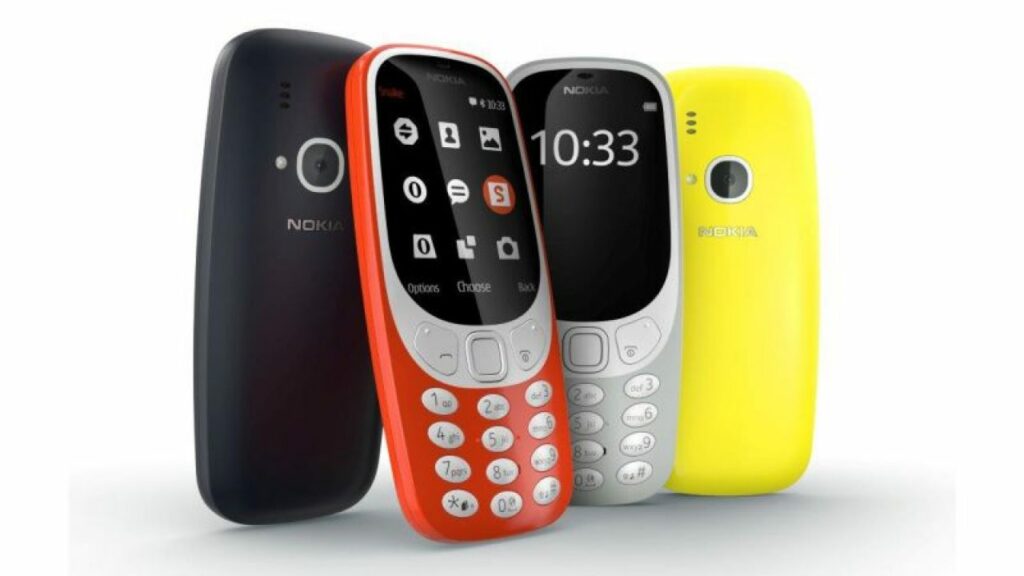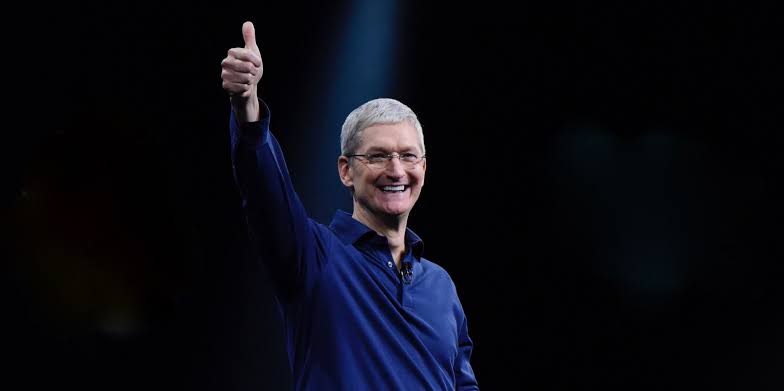Yogendra Singh, a senior official in the Bihar government, uses an Android smartphone when he has to browse the web, click a photo or watch YouTube videos. However, he still uses his Nokia 105 feature phone for personal and work calls, simply because he finds it handy and its long battery backup is especially helpful when he is travelling to remote areas for work.

Users like Singh are the reason why the feature phone market is still thriving in India. More than a billion feature phones are expected to be sold worldwide over the next three years, generating around $16 billion cumulatively in hardware revenue.
The fact that many users are still not ready to make the switch from feature phones to smartphones is also causing a slowdown in the smartphone market.
“Education, age and income levels play a key role in contributing towards mobile device ownership patterns, with the digitally connected youth having a higher mobility, and hence the tendency to possess a smartphone,” says Prabhu Ram, head-industry intelligence group, CMR.
With the advent of smart feature phones like Jio Phone 2 and Nokia 8110 which offer 4G speeds and support WhatsApp, users can do more even on feature phones. This has made them the go-to option between a feature phone and a decent Android smartphone. Also, the fact that these smart feature phones cost a lot less than an entry-level smartphone adds to their appeal.
Ram notes that “the rise of smart feature phones can be traced to KaiOS, the popular operating system that has powered the adoption of low-cost feature phones in the country.”
Source: LiveMint



